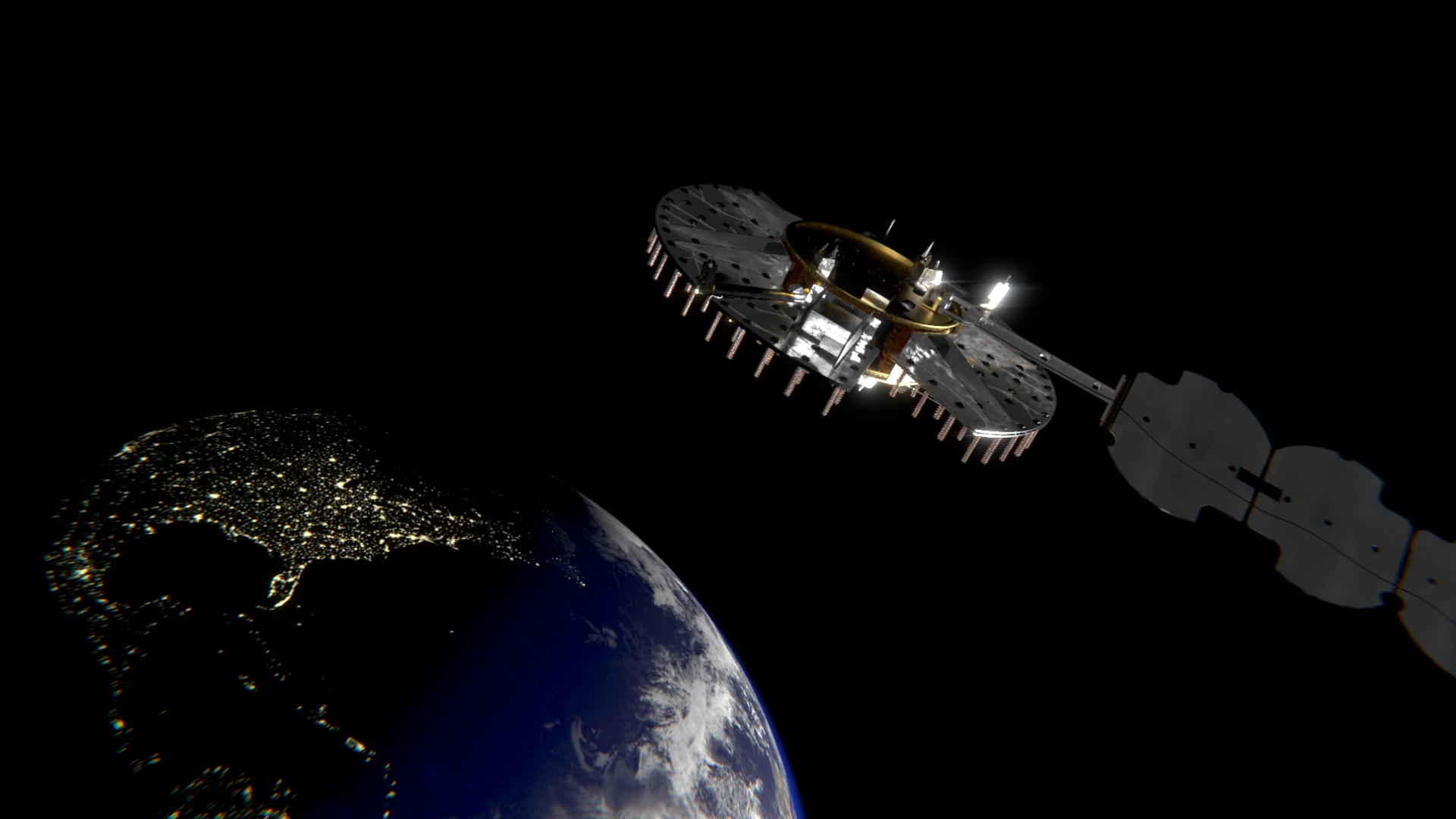Space Force's Pioneering Satellite Launch: A Leap Forward for GPS Technology
 The Tech Times
The Tech Times
In a groundbreaking mission that marks a pivotal moment in satellite navigation technology, the United States Space Force recently launched a new satellite designed to explore innovative GPS capabilities. This mission, spearheaded by the Air Force Research Laboratory (AFRL), is the first major Positioning, Navigation, and Timing (PNT) demonstration since 1977. That year, the launch of NTS-2 set the stage for the GPS constellation we rely on today.
A Historical Overview
To truly appreciate the significance of this mission, it's essential to revisit the genesis of GPS technology. The launch of the NTS-2 satellite over four decades ago was a watershed moment that laid the groundwork for the global positioning system as we know it. Before NTS-2, navigation relied heavily on less precise methods, such as radio beacons and celestial navigation. The introduction of satellite-based systems revolutionized the field, providing unprecedented accuracy and reliability, which have become critical for both military and civilian applications.
The NTS-2 satellite was part of the NAVSTAR GPS, a project initiated by the U.S. Department of Defense. The system's primary aim was to support military operations by providing accurate geolocation data. However, its potential for commercial use was quickly recognized, leading to the widespread adoption of GPS technology in countless sectors, including transportation, telecommunications, and even agriculture.
The Significance of the New Mission
Fast forward to today, the Space Force's latest mission represents a new chapter in the evolution of GPS technology. As the global landscape becomes increasingly dependent on digital precision, there is a pressing need to enhance and secure the systems that underpin modern navigation. This mission aims to address those needs by testing new technologies that promise to improve the accuracy, resilience, and security of GPS.
The AFRL's initiative is not just about upgrading existing technology but reimagining what is possible. The new satellite will explore advanced navigation technologies that could potentially mitigate vulnerabilities in current systems. This is particularly crucial in an era where GPS signals are susceptible to jamming and spoofing, posing significant risks to both civilian and military operations.
The Broader Implications
The implications of this mission extend far beyond the realm of navigation. Enhanced GPS capabilities could lead to innovations in numerous fields, including autonomous vehicles, precision agriculture, and urban planning. For the military, improved navigation technology means more reliable operations, even in contested environments.
Moreover, this mission underscores the strategic importance of space as a domain of both technological advancement and geopolitical significance. As countries around the world invest in their own space capabilities, maintaining a cutting-edge GPS infrastructure is crucial for national security and technological leadership.
Conclusion: A Leap Towards the Future
The Space Force's new satellite launch is more than a technological milestone; it is a strategic investment in the future. As we stand on the brink of a new era in satellite navigation, the lessons learned from this mission could shape the trajectory of GPS technology for decades to come. In a world where precision and reliability are paramount, such advancements will be instrumental in driving forward innovation and maintaining global security.
As we continue to explore the possibilities of space-based technologies, one thing is certain: the sky is no longer the limit—it's just the beginning.
Source: Space Force launches satellite to explore new GPS technology
Subscribe to my newsletter
Read articles from The Tech Times directly inside your inbox. Subscribe to the newsletter, and don't miss out.
Written by
